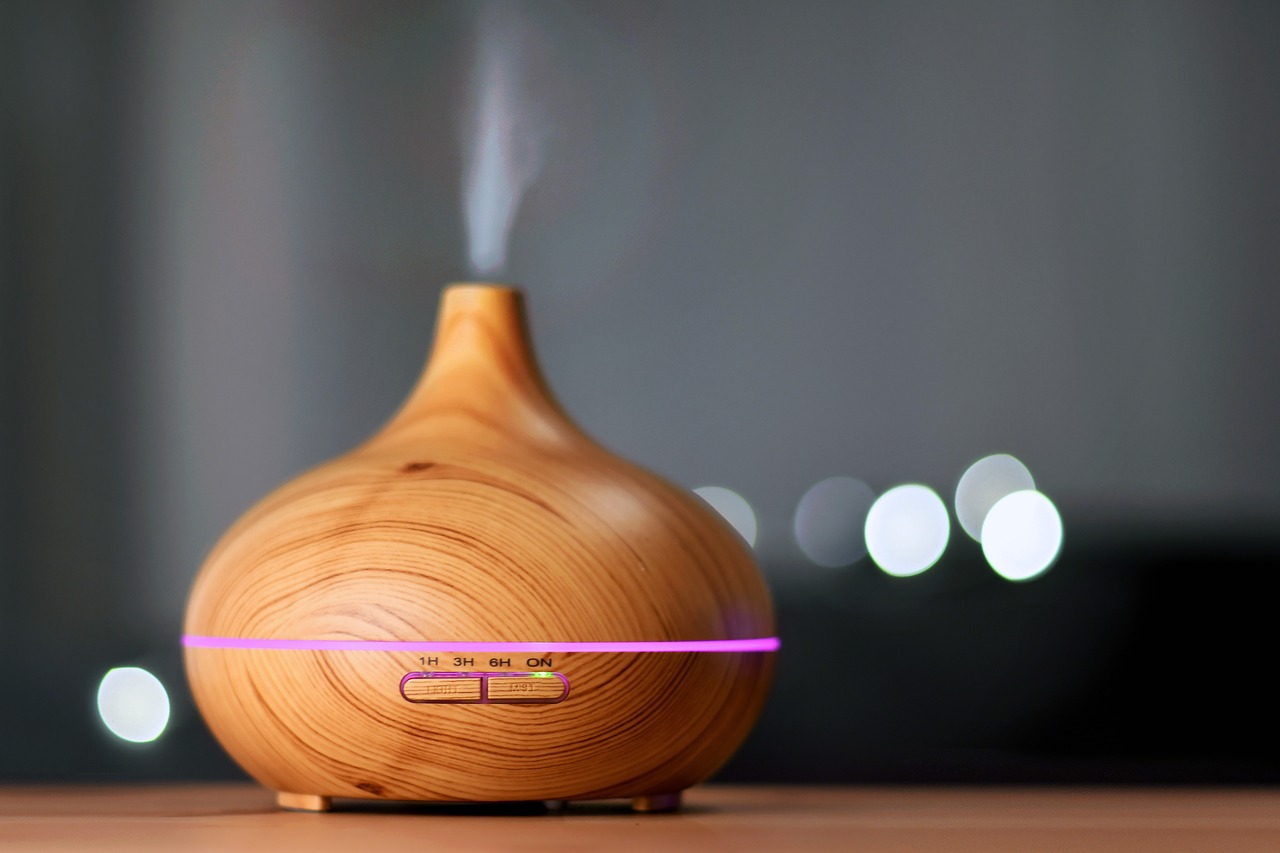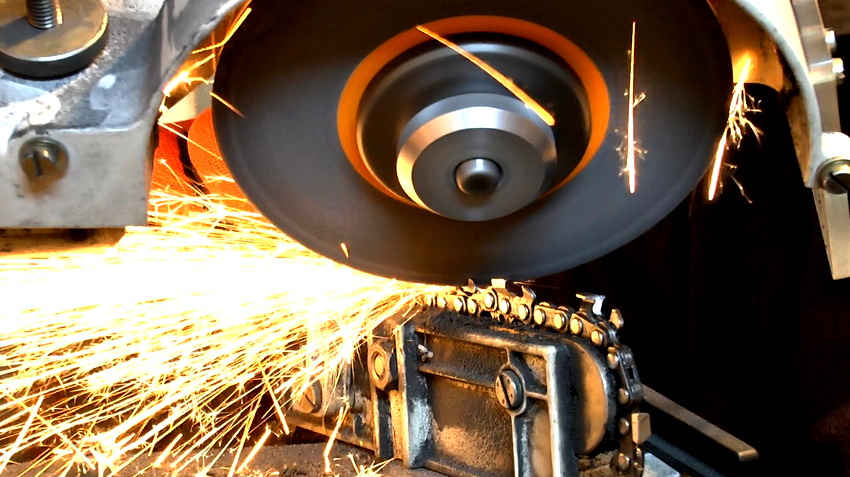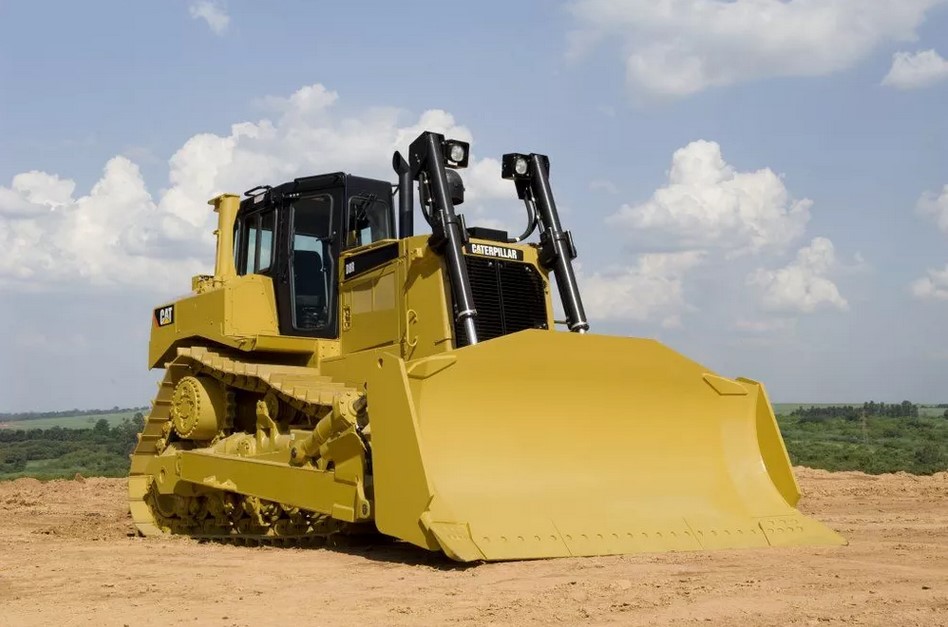Rating of the best drip irrigation systems for 2024

Drip irrigation in the garden area not only significantly increases the yield, but also significantly saves water resources. He is directly responsible for the timely supply of water to the roots of horticultural crops. At the same time, the leaves of plants do not receive burns due to the ingress of water drops on them, obstacles are created for erosion processes, and the risk of phyto-diseases is significantly reduced. Among other things, the system is able to function autonomously without human intervention.
Existing types of drip irrigation
The principle of operation of most drip systems is extremely simple. Through special pipes laid along the site, water is supplied directly to the roots of each individual plant. The most popular drip irrigation method, which can be easily set up on your own, is a system where the liquid flows to the irrigation points by gravity from an installed container. This option is perfect for beds that are no more than 15-25 meters away from the container. If the watering line is long, you will need to use a pump.
Drip irrigation is very easy to install using special plastic connectors - fittings. In the autumn, they can be dismantled and tidied up until the next summer season. In the horticultural business, there are two types of drip irrigation devices - through drip lines and based on drip tape.

Drip lines
Most professional gardeners consider this watering option to be the most correct. Its device consists in the fact that a line for irrigation is laid along the row of plantings, which is a rigid PVC sleeve, the surface of which is sufficiently resistant to UV rays. In this sleeve, at the location of the plant, holes are made using a drill for attaching a remote dropper. Accordingly, the place of its installation is already determined by each gardener independently.Such a dropper can be installed either under each plant, or with the help of a special splitter it can serve several bushes at the same time (usually from 2 to 4).
Portable droppers differ in their characteristics from each other. Some can adjust the water flow by turning a special cap. This type is called adjustable. Unregulated ones pour out the set amount of liquid per unit of time - 2, 4 or 8 liters per hour.
Remote compensated drippers are designed to ensure uniform watering of all plants, regardless of the unevenness of the relief or the length of the tape. Such models are not very sensitive to the occurrence of contamination, however, they are not suitable for use in gravity systems. For watering small beds from a container without a slope, you must use uncompensated droppers.
Drip tapes
They are a thin polyethylene sleeve, in which holes are made at the same distance, through which liquid is evenly supplied to the plant roots. Usually, a similar drip system is used for watering linear beds, where plants are located at the same distance from each other. It is not very difficult to install such a system, however, it has a rather short operational life and a reduced margin of safety. The period of its application will directly depend on the thickness of the sleeve - the standard terms of use are from one to three years. It should be noted that during use, the fittings themselves are not replaced, but only the tape changes.
IMPORTANT! When using belt irrigation systems, it is necessary to maintain the correct planting pattern so that the distance between them is approximately equal.
In turn, drip tapes are divided into three types:
- Labyrinth;
- Emitter;
- Slotted.
For drip irrigation with slot tape, a labyrinth channel is built into it, which slowly supplies liquid and, accordingly, normalizes its consumption, while the liquid is distributed in equal parts along the entire length of the tape. This approach excludes the possibility that a significant part of the liquid is consumed at the very beginning of the belt, and the plants at the end of it practically do not receive water. In addition, thin water outlets are cut in the right places with such a tape with the help of a laser (different manufacturers can patent different design options, but the essence will always be the same). Today's drip tape has self-cleaning mechanisms. But they still remain sensitive to the level of water hardness, so special attention must be paid to its filtration.
In construction emitter tape separate flat droppers are used, which are built into the inside of the tape at a distance of a given step. These tapes do not have a combined labyrinth channel, hence it is clear that blockages are extremely rare in them. In addition, the process of self-cleaning is facilitated by the flow (turbulent) method of water movement. This type of tape is the most expensive - its price increases in direct proportion to the amount of reduction in steps between the outlet holes. Emitter tapes can be of two types of dropper designs - compensated and uncompensated. The latter are better suited for short watering lines. And in the case of compensated ones, on the contrary, the length of the sleeve does not have a particular effect on the amount of water consumption.
A tortuous channel for fluid in labyrinth tape is applied directly to the surface of its material and it is designed to slow down the rate of water supply and normalize its consumption. This option is the most budgetary for the organization of irrigation work, but this belt also has a number of disadvantages. For example, if the tape is completely unwound, there is a high risk of damage to the labyrinth, the more difficult it will be to lay the tape with a water outlet upwards, while the uniformity of irrigation will be noticeably reduced.It should be noted that this technology is outdated today and is not recommended for installation.
Recommended watering tape thickness
The tape can have different sleeve wall thicknesses. Its stability and mechanical strength will depend on this criterion. Thus, the thinner the belt walls, the shorter its service life.
IMPORTANT! It is always worth remembering that the thickness of its walls will directly affect the life of the tape!
The standard thicknesses are considered to be:
- 0.125mm is the thinnest drip tape option. It is recommended for use for annual and early maturing plants, which are planted in soft (no stones) soil. She also performs well when working in greenhouses;
- 0.15 mm - excellent for open ground, used for plants with a long ripening period;
- 0.2 mm is a universal and multifunctional model in use, distinguished by its special resistance to mechanical damage. It is used for watering plants with a long ripening period. It can even be reused, provided it is properly handled, rinsed in time and dried at the end of the season;
- 0.25 mm and 0.3 mm - these drip tapes have thick walls and can be used even in rocky ground, capable of withstanding significant mechanical stress. They are not even afraid of rodent bites and insect attacks, and with careful handling, they can last for more than one season;
- 0.375 mm - the most durable belt available, it can easily be laid on stony soil and is able to withstand increased factors of mechanical stress.
Recommended spacing between outlets
An extremely important factor in tape selection is its pitch. It should be selected based on the needs of the irrigated horticultural crop. Melons will need a significant distance between the holes (starting from 40 cm), a step of 30 cm is suitable for tomatoes or potatoes, strawberries or cucumbers. From 10 to 20 centimeters will be required for plants that need a dense planting - these are garlic and onions, lettuce and parsley. The same tape can be used for lightweight soils, where the earth is literally moistened with one full line.
Recommended belt pressure for optimal performance
Due to the fact that the sleeve may have rather thin walls, it may not always be able to cope with the high water pressure that exists, for example, in a conventional water supply network. As a rule, it is able to withstand pressure in the range from 0.7 to 1 bar (otherwise the walls simply will not withstand).
It is also necessary to take into account the minimum pressure, in the presence of which functionality is maintained. Different manufacturers can set this value in the range from 0.2 to 0.5 bar, which means the need to raise the container with water to a height of two meters. Still, there are samples that work perfectly well from a container located only 1 meter above the ground, which is a pressure limit of 1 bar. However, if it is required to reduce the pressure of the head of the liquid coming from the water supply network, then you can always use special reducers.
Water purification process
If you use dirty water for irrigation for a long time, then the drip system may not last even one season. Particularly risky in this regard is the middle of the season, when drip holes are quickly clogged with dirt. For an emitter line, this issue is less critical than for a slot line.
It is worth remembering that the less fluid is consumed by the dropper, the thinner the channels for the fluid should be, which means more thorough filtration is required. In this matter, you can focus on the following indicators:
- The flow rate in the dropper is less than 1 liter per hour - increased filtration is required due to the extremely thin water discharge channels;
- The flow rate in the dropper is more than 2 liters per hour - this tape is less sensitive to the quality of the liquid.
Dripping fluid flow
One of the most important parameters among the performance indicators of a drip tape is the degree of liquid pouring out of each dropper over a set period of time. When establishing water consumption, a number of criteria must be taken into account:
- Source type;
- Band length;
- The need for an irrigated crop in liquid;
- Planting method;
- The ability of the soil to absorb moisture.
According to the rate of liquid consumption per device, three types of emitters can be distinguished:
- Consumption per device from 2 to 4 liters per hour - increased fluid consumption. Perfect for crops with a strong root system that require a lot of moisture. It is often used with a two-row planting scheme, and is also necessary on sandy soil with accelerated absorption;
- Consumption per device from 1 to 1.5 liters per hour - the average flow recommended for the vast majority of types of soils and irrigated plants;
- Consumption per device from 0.6 to 0.8 liters per hour - is well suited for large irrigation lines, as well as for water sources with low productivity, and on soils with a low moisture rate.
Recommended dropper diameter
Samples with diameters of 16 and 22 millimeters are most common, but of which the former are used much more often. The main limitation for this type is that the irrigation line cannot exceed 250 meters if uniform irrigation options are set. Specimens with a diameter of 22 mm are used less often, but for them the irrigation line can be as long as 450 meters.
Watering timer
It is one of the most important system components that automates the entire plant care process. Timers or controllers can be mechanical or electrical. Using the controller, you can additionally set an irrigation program that takes into account the pressure in the system, sets irrigation cycles by day, taking into account the ambient temperature and humidity.
DIY dripper
Before starting the collection of the entire structure, it is necessary to decide on the general scheme. It will be easiest to sketch this scheme on a separate sheet, indicating all the elements of the routing on the site. There you need to designate each distance, each dropper and the place where it is supposed to place a container for water (or another source from where it will come).
IMPORTANT! Waste on pumping equipment can be avoided by trying to position the fluid container as close as possible to the irrigated beds. And it is worth remembering that the container must be installed at a height of at least one meter!
Next, you need to decide on the mechanism (pump) for water supply / intake. It can be surface or submersible.
Surface - perfect for a storage source. This device is small in size and weighs a little and takes up little space. In addition, the noise level during its operation is quite low, so it will not create discomfort for either the owner of the site or his neighbors. At the same time, by means of this unit it is quite possible to correctly adjust the pressure force. However, it is necessary to constantly monitor that no large particles of sand, dirt or debris enter the device.
Submersible - the choice in favor of this sample should be made if it is supposed to use an external reservoir as a source of water, and it is located near the garden plot. The same will apply to a situation where water will have to be taken from a well. It should be noted right away that the pump will work quite loudly, and if the water in the source has foreign impurities, then it is better to immediately consider a model with a drainage effect (they can even have their own grinders installed, so even rather large debris will not become an obstacle).
Rating of the best drip irrigation systems for 2024
Models with a water intake
3rd place: "Beetle" (from the aqueduct for 30 plants)
Probably the most popular system from a Russian manufacturer, made with high quality and having a very democratic price tag. Perfect for watering greenhouse plants and the root zone of greenhouse crops. It is able to withstand high water pressure and height differences.

| Name | Index |
|---|---|
| Manufacturing materials | PVC, plastic, rubber |
| Package weight, kg | 1.35 |
| Estimated number of plants | 30 |
| Manufacturer | Russia |
| Price, rubles | 1300 |
- Uniform irrigation flow;
- Collet connections provide a high degree of reliability;
- Easy installation.
- Slightly leaks at the points where the tubes are connected to the hose (the problem is easily eliminated).
2nd place: "Grinda" No. 425270-60
The ideal solution for summer cottage irrigation both in greenhouses and outdoors. The system has all the necessary qualities, and the material of execution is distinguished by its special strength. Calmly irrigates up to 30 plants. Slightly sensitive to water hammer. Installation and assembly is intuitive.

| Name | Index |
|---|---|
| Manufacturing materials | PVC, plastic, rubber |
| Package weight, kg | 2.5 |
| Estimated number of plants | 60 |
| Manufacturer | Russia |
| Price, rubles | 1900 |
- Simple installation;
- The ability to work in open land;
- There are no leaks.
- Not all dropper holes are fully cut (easily repaired).
1st place: "Gardena" No. 01373-20.000.00
A powerful device designed exclusively for greenhouse use. It can serve up to 64 plants at once. Has a variety of connections - ½ "and 3/16". The total area to be captured is about 24 square meters.

| Name | Index |
|---|---|
| Manufacturing materials | PVC, plastic, rubber |
| Package weight, kg | 2.7 |
| Estimated number of plants | 64 |
| Manufacturer | Russia |
| Price, rubles | 3700 |
- High-strength material is used;
- Extended service life (with proper care - 4 seasons);
- Ease of use.
- High price.
Models with a tank fence
3rd place: "Polivchik" pl04 -30
Not a bad example of a sprinkler with a water intake from a container. It can work independently and allows the connection of additional options, for example, a controller or an irrigation timer. It copes well both in greenhouse conditions and in the open field. Significantly saves water consumption.

| Name | Index |
|---|---|
| Manufacturing materials | Pvc |
| Package weight, kg | 2.1 |
| Estimated number of plants | 30 |
| Manufacturer | Russia |
| Price, rubles | 1500 |
- Great length - about 100 m;
- The ability to work independently;
- Versatility.
- Not found (for its segment).
2nd place: "AquaDusya" for 60 plants
This sample clearly stands out from the general row, so it is intended for use only in greenhouses and is laid exclusively by an underground method. Withstands the lifting height of the container up to 2.5 meters. The set includes many optional connections and fittings (for almost all possible sizes).

| Name | Index |
|---|---|
| Manufacturing materials | PVC (thickened) |
| Package weight, kg | 2 |
| Estimated number of plants | 60 |
| Manufacturer | Russia |
| Price, rubles | 2000 |
- Underground installation means improved preservation;
- Many optional attachments;
- The ability to set a timer.
- Limited functionality.
1st place: "Cicle Beetle" from the capacity Automatic machine for 60 plants with a timer 4607156367566
Automatic sprinkler from a Russian manufacturer. Truly the most versatile and powerful model in its segment. The quality of the material used is excellent, and the presence of additional devices (timer) will allow you not to worry about watering time at all.

| Name | Index |
|---|---|
| Manufacturing materials | PVC (thickened) |
| Package weight, kg | 2.8 |
| Estimated number of plants | 60 |
| Manufacturer | Russia |
| Price, rubles | 4500 |
- Enhanced automation;
- Versatility;
- Ease of management.
- High price;
- Requires professional editing.
Instead of an epilogue
The analysis of the market showed that only Russian manufacturers are represented there. This is due to the fact that the supply of such equipment from abroad is absolutely not economically profitable. And foreigners do not like to work independently in the garden. Professionals advise to purchase irrigation systems exclusively on proven Internet sites, because even well-known Russian brands may allow some defects in manufacturing. And due to the fact that the products are not complex technical, there is a very great chance of getting into counterfeit goods. Thus, the best option would be to buy in a specialized retail network, where you can immediately inspect the product and make a conclusion about its quality. At the same time, this product is not covered by a long-term warranty, therefore, inept installation of drip irrigation can lead to general damage to the main parts, which the store will clearly refuse to replace. This is especially true for automatic sprinklers, whose pipeline must be laid underground - it is better to entrust this installation work to professionals.
new entries
Categories
Useful
Popular articles
-

Top rating of the best and inexpensive scooters up to 50 cubic meters in 2024
Views: 97661 -

Rating of the best materials for noise insulation for an apartment in 2024
Views: 95022 -

Rating of cheap analogues of expensive medicines for flu and colds for 2024
Views: 91751 -

The best men's running shoes in 2024
Views: 87681 -

Top ranking of the best smartwatches 2024 - price-quality
Views: 85091 -

Best Complex Vitamins in 2024
Views: 84801 -

The best dye for gray hair - 2024 top ranking
Views: 82406 -

Rating of the best wood paints for interior use in 2024
Views: 77202 -

Ranking of the best action cameras from China in 2024
Views: 75269 -

Rating of the best spinning reels in 2024
Views: 74827 -

The most effective calcium supplements for adults and children in 2024
Views: 72463 -

Top rating of the best means for male potency in 2024 with a description
Views: 68296









